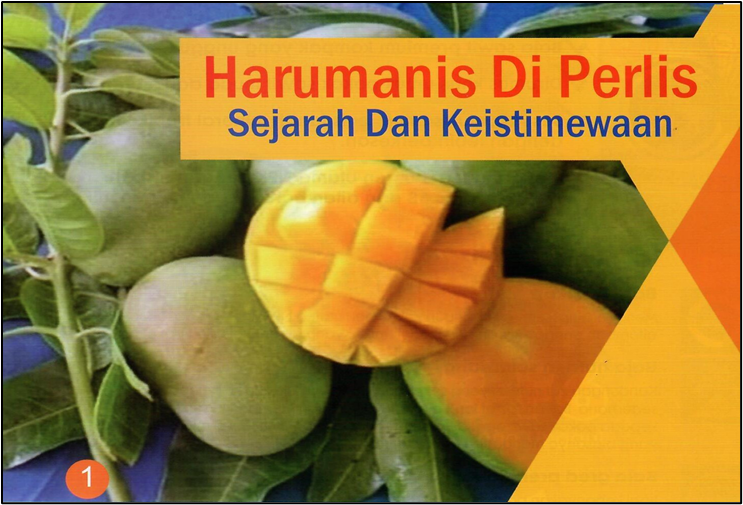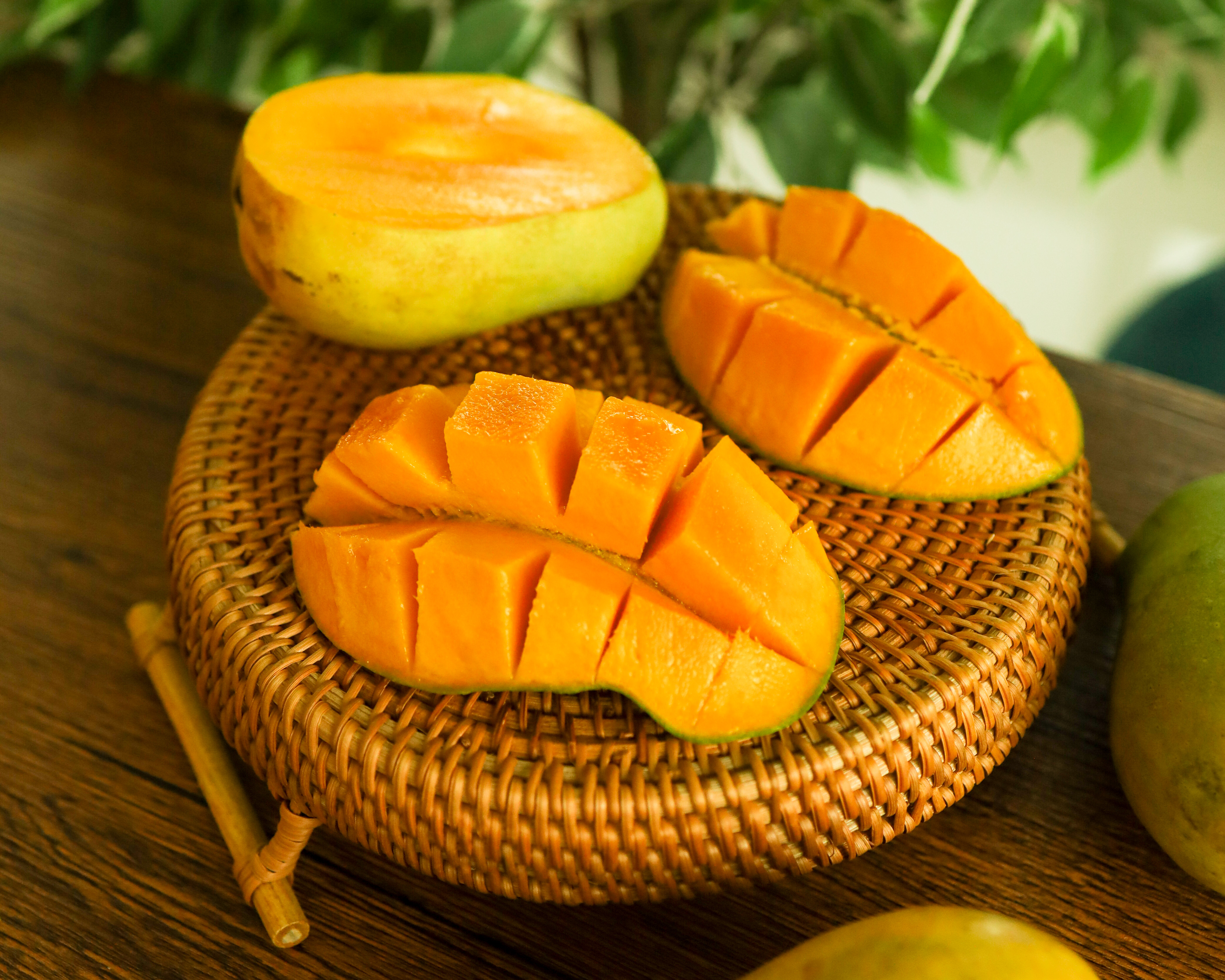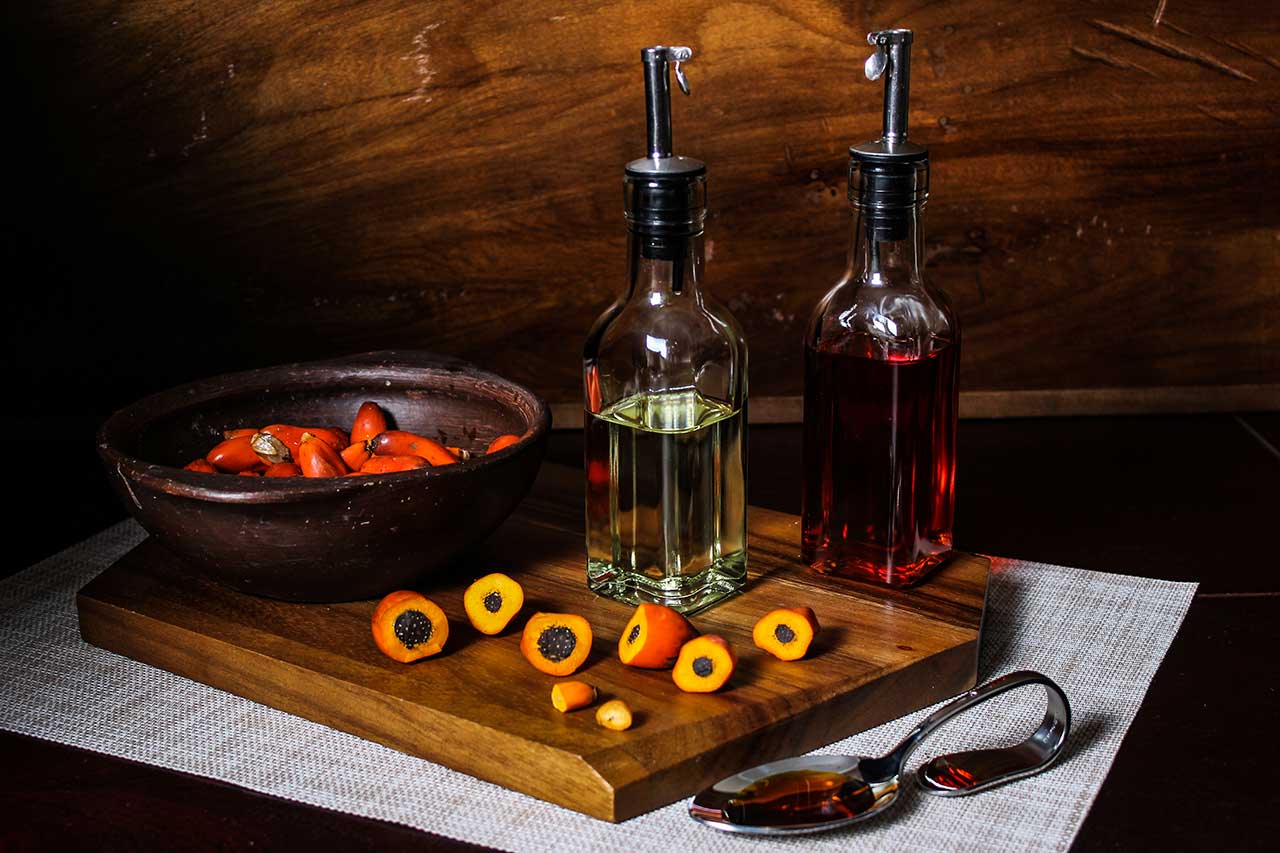
Harumanis Mango in Perlis
Beginning in 1979 until 1982, the Village Improvement Project was operational. The approach of this project is to develop agricultural land in the village where the unproductive trees did not give lucrative economic returns. The trees were cut down and culitvated with Harumanis mango trees. The developed land consists of the area surrounding the house and a land lot of the selected village area. Kampung Santan, which is located in Padang Pauh, Perlis, is one of the cultivation sites to plant Harumanis mango under the Village Improvement Project.
In 1983, group plantation management was implemented, and the following year, new areas of forests, bushes, and wasteland were opened up to expand the cultivation of Harumanis mango plant. The Kelubi Swamp Group Project and the Kele Bukit Kedak Project were two examples of cooperative farming projects that have been implemented.
To support the development of the Harumanis mango industry, the Perlis Department of Agriculture (DoA) has established its own Harumanis mango growing areas, located at Bukit Temiang Agricultural Complex and Bukit Bintang Agricultural Center. These areas were developed as a Perlis Harumanis mango demonstration farm and a reference center for Harumanis growers to gain knowledge on Harumanis mango cultivation technology.
When the State of Perlis Integrated Agricultural Development Project (IADP) began to be implemented in the state of Perlis in 1986 until October 1993, one of the primary programs of the Perlis IADP project was the Development of Agricultural Areas with Fruit Crops project. The cultivation of Harumanis mango is the primary focus of significant allocations, which are used for the development of the project area, including the establishment of farm infrastructure facilities such as irrigation systems, farm roads, drainage, farm collection centers/project centers, and market infrastructure, as well as the promotion of Harumanis on the market. Project management focuses on mini estate and collective farming.
Under the Perlis IADP project, the area of aromatic plants reached about 1,200 ha. in 1990, the land area of Perlis was 1,667 acres. By the year 2006, the total area covered by Harumanis mango plant had reduced to approximately 150 acres. The Harumanis growers, especially the commercial entrepreneurs who did not manage their farms precisely and were not willing to spend enough capital were the main problems that caused the fragrant trees to be affected by pests and diseases, therefore the planting areas were left unattended.
Beginning in 2007, the Department of Agriculture intensified efforts to cultivate the Harumanis mango industry by increasing the extension service under the 2007 Gema Aromatic Program and through scheduled extension officer advisory services on a scheduled basis. The objective of this program was to increase the number of extensions that support farmers' lives through the educational process. A total of 257.9 hectares (ha) of land devoted to the cultivation of aromatic plants was successful by the end of 2010.
The Department of Agriculture has developed a strategy and implementation plan to expedite the Development of the Harumanis Planting Industry by developing abandoned lands beginning in 2008 under the Food Supply Guarantee Policy and beginning in 2009 under the Agricultural Focus Area Development Project (ACDA). Since 2010, the State Government, through the Department of Agriculture, has been implementing the Harumanis Village Project. The village grounds surrounding the home were ideally developed under the initiative by encouraging farmers to grow Harumanis mango beginning in 2010 to boost their revenue and personal usage. Four villages are planned each year.
Beginning in 1979 until 1982, the Village Improvement Project was operational. The approach of this project is to develop agricultural land in the village where the unproductive trees did not give lucrative economic returns. The trees were cut down and culitvated with Harumanis mango trees. The developed land consists of the area surrounding the house and a land lot of the selected village area. Kampung Santan, which is located in Padang Pauh, Perlis, is one of the cultivation sites to plant Harumanis mango under the Village Improvement Project.
In 1983, group plantation management was implemented, and the following year, new areas of forests, bushes, and wasteland were opened up to expand the cultivation of Harumanis mango plant. The Kelubi Swamp Group Project and the Kele Bukit Kedak Project were two examples of cooperative farming projects that have been implemented.
To support the development of the Harumanis mango industry, the Perlis Department of Agriculture (DoA) has established its own Harumanis mango growing areas, located at Bukit Temiang Agricultural Complex and Bukit Bintang Agricultural Center. These areas were developed as a Perlis Harumanis mango demonstration farm and a reference center for Harumanis growers to gain knowledge on Harumanis mango cultivation technology.
When the State of Perlis Integrated Agricultural Development Project (IADP) began to be implemented in the state of Perlis in 1986 until October 1993, one of the primary programs of the Perlis IADP project was the Development of Agricultural Areas with Fruit Crops project. The cultivation of Harumanis mango is the primary focus of significant allocations, which are used for the development of the project area, including the establishment of farm infrastructure facilities such as irrigation systems, farm roads, drainage, farm collection centers/project centers, and market infrastructure, as well as the promotion of Harumanis on the market. Project management focuses on mini estate and collective farming.
Under the Perlis IADP project, the area of aromatic plants reached about 1,200 ha. in 1990, the land area of Perlis was 1,667 acres. By the year 2006, the total area covered by Harumanis mango plant had reduced to approximately 150 acres. The Harumanis growers, especially the commercial entrepreneurs who did not manage their farms precisely and were not willing to spend enough capital were the main problems that caused the fragrant trees to be affected by pests and diseases, therefore the planting areas were left unattended.
Beginning in 2007, the Department of Agriculture intensified efforts to cultivate the Harumanis mango industry by increasing the extension service under the 2007 Gema Aromatic Program and through scheduled extension officer advisory services on a scheduled basis. The objective of this program was to increase the number of extensions that support farmers' lives through the educational process. A total of 257.9 hectares (ha) of land devoted to the cultivation of aromatic plants was successful by the end of 2010.
The Department of Agriculture has developed a strategy and implementation plan to expedite the Development of the Harumanis Planting Industry by developing abandoned lands beginning in 2008 under the Food Supply Guarantee Policy and beginning in 2009 under the Agricultural Focus Area Development Project (ACDA). Since 2010, the State Government, through the Department of Agriculture, has been implementing the Harumanis Village Project. The village grounds surrounding the home were ideally developed under the initiative by encouraging farmers to grow Harumanis mango beginning in 2010 to boost their revenue and personal usage. Four villages are planned each year.

Picture 2-7: Harumanis mangoes are unique fruits in Perlis that receive a lot of attention from the state government. It is usually eaten fresh, but it can also be eaten with glutinous rice.
As part of the Tenth Malaysia Plan, the State Government of Malaysia has approved a major allocation to the Department of Agriculture. In total, RM 9 million was allocated for this project development, and RM 1.8 million annually. It is targeted that 1,000 ha of land for aromatic plants will be developed by 2015 with an average of 200 ha per year.
The Perlis Harumanis Mango clone, MA 128, is one of Malaysia's best Harumanis mango variety. It has a strong fragrant fruit aroma and sweet taste inspired by its name, Perlis Harumanis mango. Planting Harumanis mangoes require a very hot and dry weather for a three-month period, between January and March to ensure the mango tree can produce healthy flowers (stress period). Perlis Harumanis Mango season is short which is only a month or a month and a half in a year. This distinguishes Perlis Harumanis mangoes from other mango varieties since the production and market for Harumanis Mangoes are extremely limited.
The Perlis State Department of Agriculture regularly monitors Perlis Harumanis mango trees to conform the true nature and quality of Harumanis mangoes. The Department of Agriculture has developed a special wrap with a dark inner layer and a wire to make it easier for farmers to tie the fruit stalks after wrapping the fruits. This step produces a high-quality, clean and fresh Harumanis mangoes.
A Perlis Harumanis mango tree can produce between 200 and 300 aromatic mangoes, which will be weighed and washed before being treated with hot water treatment to avoid fungal infection. The fragrant mangoes were left to ripen for 72 hours after drying, and then will be graded.
Perlis Harumanis mangoes are unique because they emit a fragrant aroma during ripening, thick orange-yellowish flesh, and sweet taste. The mangoes are often delicious on their own, but they can also be eaten with glutinous rice and prepared into a special drink.
Perlis Harumanis Mango has been successful in establishing popularity in Malaysia and infiltrating the Japanese market due to its unique characteristics and high quality.
Source of information:
Perlis State Agriculture Department
This article was published in Info Pertanian Issue 61. 2021
This article was published in Malay and the article was translated into English by JK Website ITAFoS UPM.
Disclaimer:
The opinions expressed in this article are those of the writers. They do not purport to reflect the opinions or views of ITAFoS.
Date of Input: 28/02/2023 | Updated: 28/02/2023 | norshahmimi
MEDIA SHARING



























